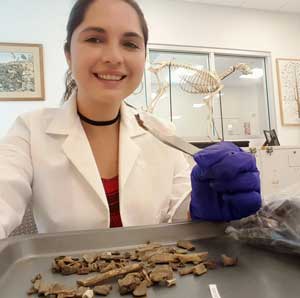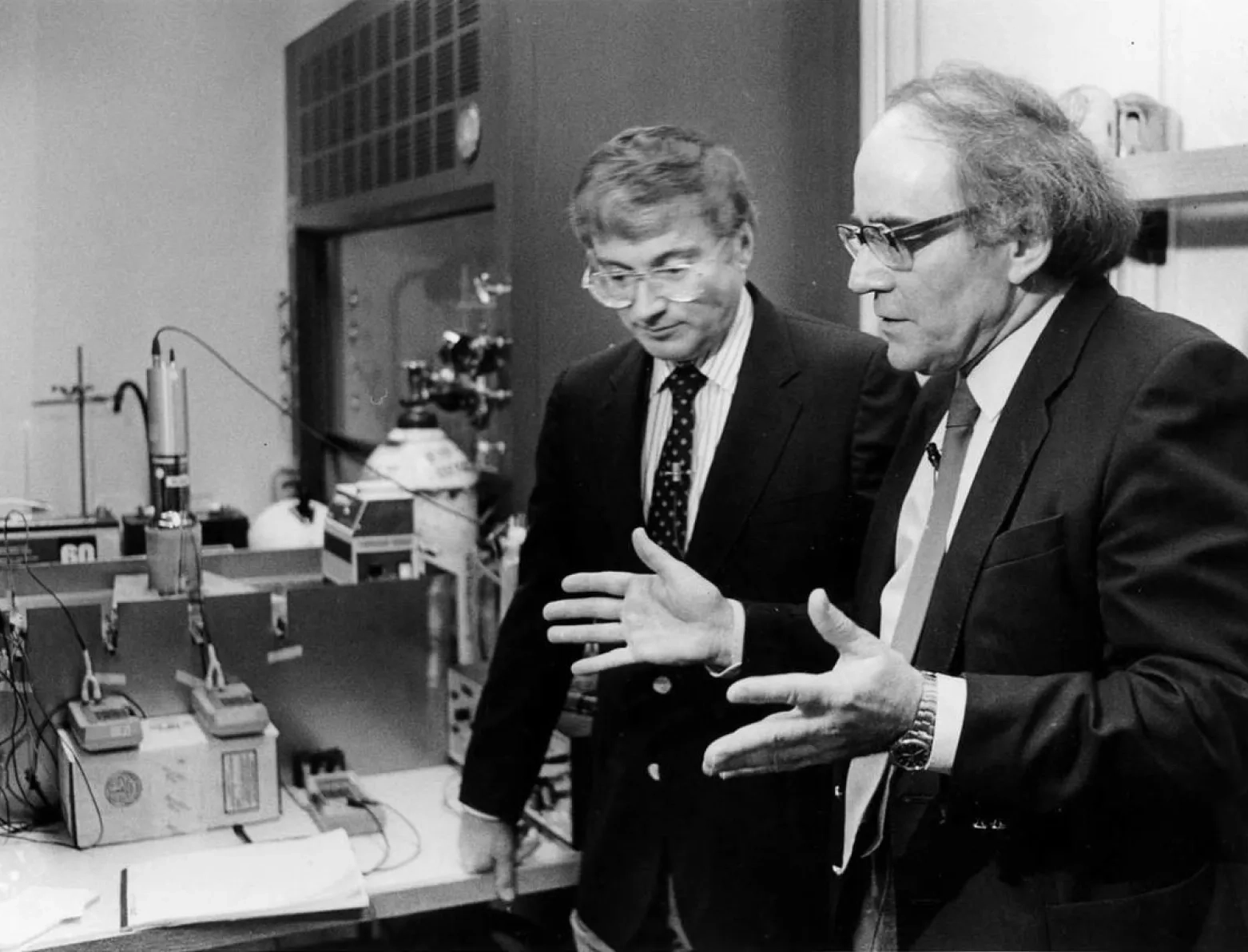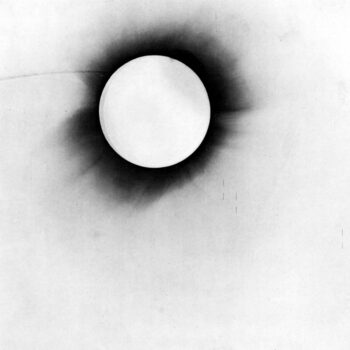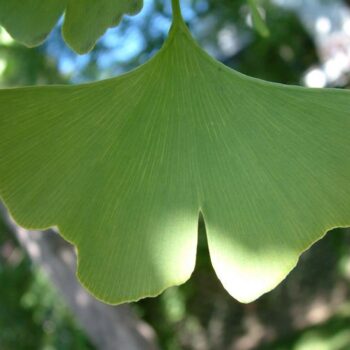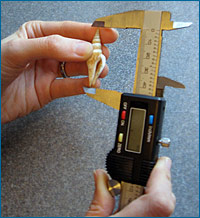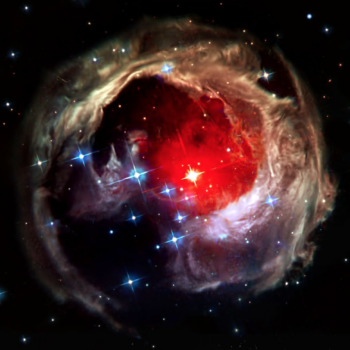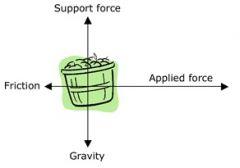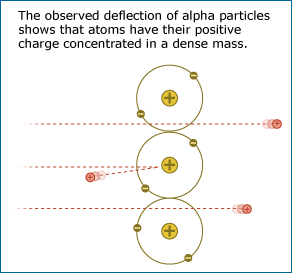Found 12 resources for the concept:
Raw data must be analyzed and interpreted before we can tell whether a scientific idea is likely to be accurate or inaccurate. (P4, P5)
Age dating star clusters
Grade Level(s):
- 9-12
Source:
- Whitfield, Lisé
Resource type:
- lab activity
Discipline:
- Space science
Time: ~ one hour
Overview
Students explore how classification and graphing are used by astronomers to determine the age of star clusters. They will measure the color and brightness of stars, as proxies for temperature and luminosity.
Ancient bones, modern problems: One scientist’s trash is another scientist’s data
Grade Level(s):
- 9-12
- College
Source:
- UC Museum of Paleontology
Resource type:
- research profile
- Science Story
Discipline:
- Life Science
Time: 20 minutes
Overview
Learn how scientists reuse and upcycle their data, while following graduate student Maria Viteri as she investigates ancient and modern small mammal communities. Get tips for using science stories in class.
Cold fusion: A case study for scientific behavior
Source:
- UC Museum of Paleontology
Resource type:
- Science Story
Time: 2 class periods
Overview
This Science Story uses the "discovery" of cold fusion in the late 1980s to illustrate the nature of scientific misconduct and the importance of scientific behavior and the scrutiny of the scientific community in the process of science. Get tips for using science stories in class.
Exploring bouncing balls
Grade Level(s):
- 6-8
- 9-12
Source:
- UC Museum of Paleontology
Resource type:
- lab activity
Discipline:
- Physical Sciences
Time: one class period
Overview
Students explore the physical properties of a variety of balls and how they bounce. Students then reflect on the process they used by charting their pathway on the Understanding Science Flowchart.
Fair tests in physics: Examining eclipses
Grade Level(s):
- 9-12
- College
Source:
- UC Museum of Paleontology
Resource type:
- Science Story
Discipline:
- Physical Sciences
- Space science
Time: 15 minutes
Overview
Teach about test design in the field of physics. Get tips on using Science Stories in class.
Fair tests in the field of medicine: Aiding Alzheimer patients
Grade Level(s):
- 9-12
- College
Source:
- UC Museum of Paleontology
Resource type:
- Science Story
Discipline:
- Life Science
Time: 15 minutes
Overview
Teach about experimental design in the field of medicine. Get tips on using Science Stories in class.
Fair tests in the fossil record: Avoiding extinction
Grade Level(s):
- 9-12
- College
Source:
- UC Museum of Paleontology
Resource type:
- Science Story
Discipline:
- Earth science
- Life Science
Time: 15 minutes
Overview
Teach about test design in the field of paleontology. Get tips on using Science Stories in class.
Investigating a Crime Scene
Grade Level(s):
- 6-8
- 9-12
Source:
- UC Museum of Paleontology
Resource type:
Time: 30 minutes
Overview
Two suspicious dogs and a shredded book provide a perfect combination for focusing on the process of science and to do so with a bit of a chuckle. This powerpoint has been developed so that you can ask for student responses throughout.
Luminous
Grade Level(s):
- 9-12
- College
Source:
- Sam Smartt
Resource type:
- classroom activity
- Science Story
- video
Discipline:
- Space science
Time: 2-8 hours
Overview
The film LUMINOUS (now freely available through many libraries and the Kanopy platform) tells the story of astronomer Larry Molnar as he investigates a distant, double-star system, about which he makes a daring and explosive prediction. Interviews with Dr. Molnar’s diverse set of colleagues, collaborators, and skeptics highlight science as a community and intensely human endeavor, debunking the myth of the lone scientist conducting dispassionate research. The Luminous Science Education Toolkit provides classroom activities to support students' interpretation of the film.
Newton’s 2nd law: Inquiry approach
Grade Level(s):
- 9-12
Source:
- Tung, Cecilia
Resource type:
- classroom activity
Discipline:
- Physical Sciences
Time: One to two class periods
Overview
Students act as colleagues of Isaac Newton. Students focus on how to design a procedure to test Newton's hypothesis and then communicate that idea to others. The emphasis is on the process rather than the actual results.
Rutherford’s enlarged: A content embedded NOS activity
Grade Level(s):
- 9-12
Source:
- Abd-El-Khalick, Fouad
Resource type:
- lab activity
Discipline:
- Physical Sciences
Time: One class period
Overview
Students reason about a model of Ernst Rutherford's famous experiment supporting the idea of the atomic nucleus. They differentiate between observation and inference and see the role of creativity in the process of science.
The Hobbit: When scientists disagree about the evidence
Grade Level(s):
- 9-12
- College
Source:
- Visionlearning
Resource type:
- classroom activity
Discipline:
- Life Science
Time: One class period
Overview
This classroom activity, adapted from an exercise on PBS's NOVA website, provides an excellent example of an active debate within the scientific community regarding a relatively recent human fossil find, Homo floresiensis.


